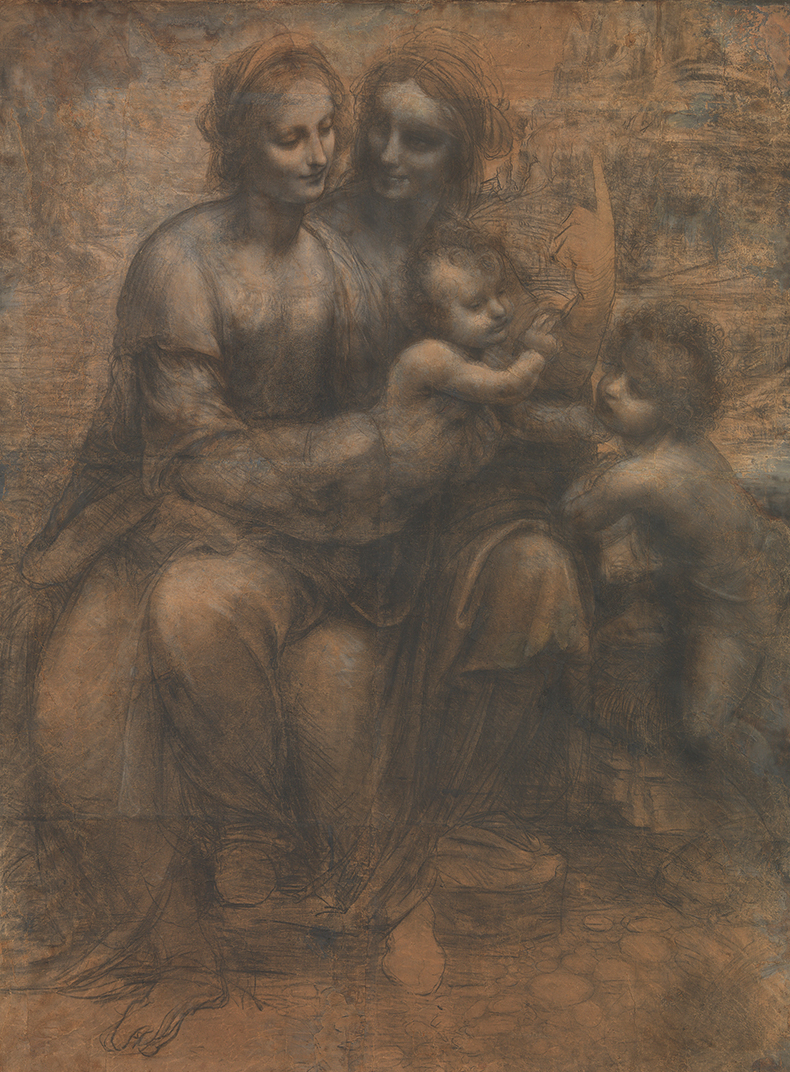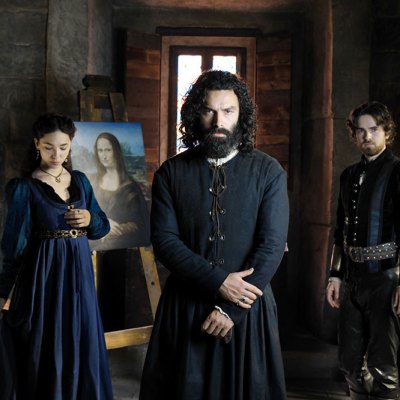From the July/August 2022 issue of Apollo. Preview and subscribe here.
Sixty years ago the Royal Academy offered for sale a prized possession: Leonardo da Vinci’s cartoon The Virgin and Child with Saint Anne and the Infant Saint John the Baptist. Cue furore in the press, concern over the potential loss of this gem and the launch of a nationwide fundraising campaign – but little discussion about why the institution felt compelled to dispose of a work it had owned since the late 18th century.
The threatened sale did not go unnoticed in the pages of Apollo. On the contrary, Denys Sutton, who had become its editor only a few months earlier, devoted a couple of pages to the subject in the July 1962 issue. Contrary to expectations, he was sympathetic to the Royal Academy’s plight and, while hoping the picture would remain in Britain, was even willing to countenance the possibility that it might go to an American institution.
Sutton noted that anyone who had been to public galleries in New York, Washington, Chicago and the like ‘is soon aware that these are immensely well-conducted establishments. They give pleasure to many visitors.’ He even thought there would likely be greater appreciation for such work in the United States than in his own country, where the teaching of art history was less widespread. ‘This is probably one reason,’ he suggested, ‘why the response to the Leonardo appeal has not been more extensive. The public is visually uneducated.’
As far as Sutton was concerned, a poorly educated public and the consequential lack of support for the arts and institutional collecting was only one aspect of the problem. ‘The situation may soon arise, if it has not already done so, when the intake of works of art into the public domain deserves to be severely rationed.’ This rather extraordinary proposal came with a stipulation: rationing would be implemented in order to encourage the private collector. Sutton’s argument was, with the spread of interest in the arts, ‘the ambition to own them personally increases’. While he recognised that support for the private rather than the public sector might meet popular resistance, there remained a good reason for it: ‘The need to spread and diversify taste. And surely the best way of accomplishing this aim is by creating a larger body of collectors?’
The Virgin and Child with Saint Anne and the Infant Saint John the Baptist (c. 1499–1500), Leonardo da Vinci. National Gallery, London

Sutton sought to bolster his proposition by returning to the Royal Academy’s intended disposal of the Leonardo cartoon. The reason behind the sale, he explained, was to provide the institution with sufficient funds to continue its activities: ‘To stage exhibitions, to maintain its teaching schools and to offer an annual exhibition for artists of all types and tendencies.’ The continuance of that exhibition was, he believed, crucial because it offered existing and potential collectors the opportunity to see a diverse range of work.
The Royal Academy might once have been a bastion of reactionary conservatism but, by the early 1960s, that period was over: the summer show had come to feature a far wider selection of art than did the majority of other galleries, both public and commercial. While official bodies such as the Arts Council and the British Council had manifested ‘a highly creditable record of artistic patronage’, there was no guarantee this attitude would persist. ‘They could shut their doors to all art that was experimental, or open them only to art which was experimental. This would create a situation in which excellent work was left out in the cold because it did not conform – conform, in fact, to a canon as yet unconsecrated by time.’
The Royal Academy, on the other hand, ‘now wishes to provide a broad view of the artistic movement in this country. It wants to show the avant garde.’ Naturally, he remarked, ‘In order to be comprehensive, the superior painter and the man of taste may have to put up with much dead wood.’ The tone of this observation suggests Sutton was not personally in favour of the inclusion of the avant-garde. But, he pressed on, ‘The sacrifice is surely worthwhile in order to preserve liberty!’ Hence his preparedness to countenance the sale of the Leonardo cartoon.
And what happened to that work of art? When Sutton wrote his editorial, it was still unclear whether the cartoon would go to auction or if a public body would find sufficient funds to acquire it. On 31 July 1962, the prime minister Harold Macmillan announced that the government would provide the balance of money still required for the purchase. Today, the picture is in the collection of the National Gallery.
From the July/August 2022 issue of Apollo. Preview and subscribe here.


